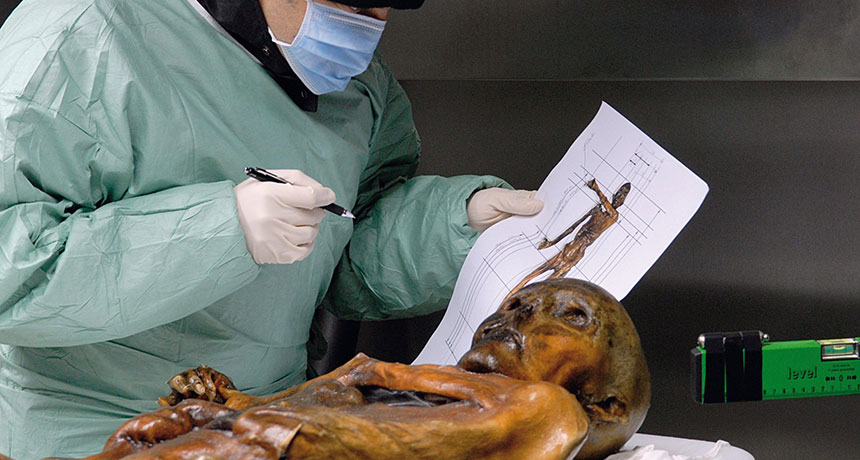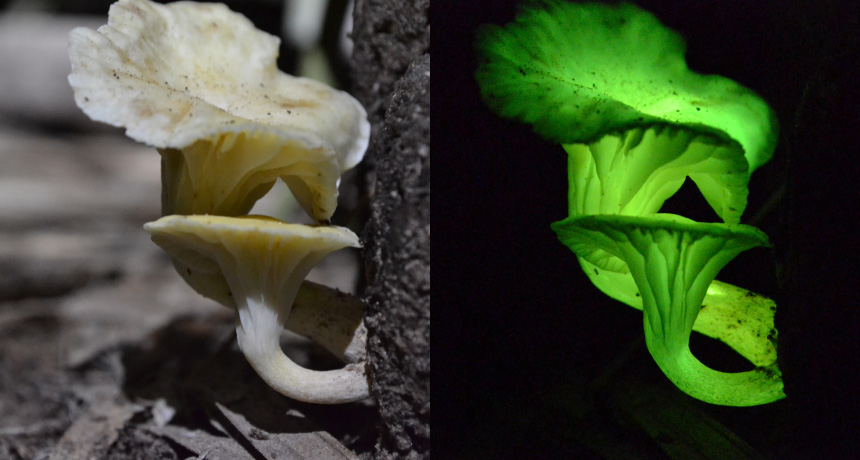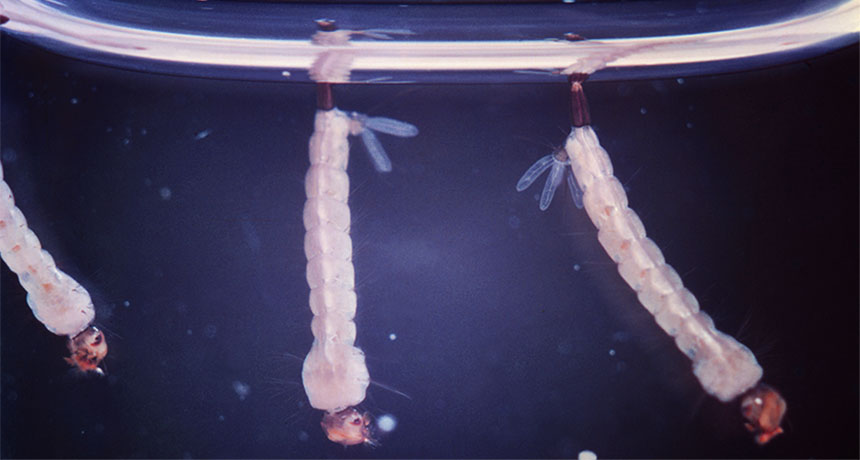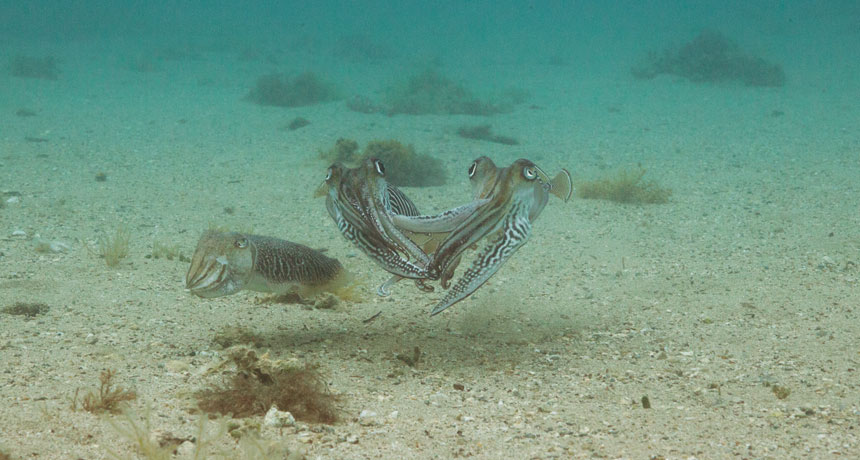Genetic switch offers clue to why grasses are survival masters
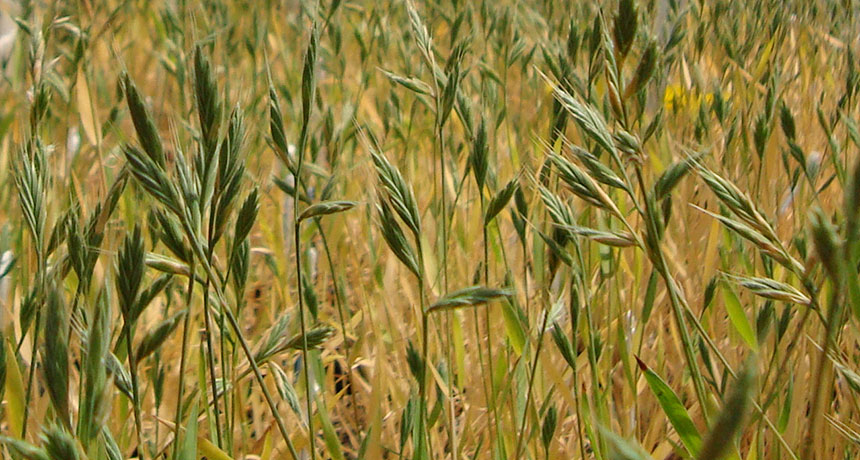
Grasses have top-notch border control to conserve water in their leaves. Now, scientists have identified the genetic switch that makes them such masters at taking in carbon dioxide without losing water. The find might eventually help scientists create more drought-resistant crop plants, the researchers report in the March 17 Science.
Adjustable pores called stomata on the undersides of leaves help plants take in CO2 while minimizing water loss. Like pupils responding to sunlight, plants open and close their stomata in response to changing light, humidity and temperature. Grass stomata can open wider and respond more quickly than those in other plants, which helps grasses photosynthesize more efficiently.
This ability might help explain why grasses grow successfully in so many places on Earth, says Brent Helliker, a plant ecologist at the University of Pennsylvania who wasn’t part of the new study. For instance, grasses are particularly well equipped to deal with the rapidly changing weather and strong winds that can hit plains and prairies.
In most plant stomata, two kidney bean–shaped cells, one on each side of the pore, swell or deflate like balloons to control the size of the opening. But in grass, each of these cells is shaped like a dumbbell instead. And each dumbbell is linked to two other cells called subsidiary cells.
Scientists have long suspected that grasses’ subsidiary cells might give the dumbbells, known as guard cells, an assist by making it easier for them to open and close. But that’s been hard to test in a controlled way.
When a stoma opens, “it’s elbowing its way into the neighbor cells,” says study coauthor Dominique Bergmann, a biologist at Stanford University. “If the neighbors don’t want to move, you’re stuck.” But subsidiary cells have some squish. As guard cells inflate, their neighboring subsidiary cells deflate.
Bergmann and her colleagues mutated a gene called MUTE in purple false brome (Brachypodium distachyon) so that the grass didn’t make the MUTE protein. Without MUTE, plants didn’t make subsidiary cells. And without the helping hand, the plants were less efficient than usual at opening and closing their stomata.
Grasses aren’t the only plants that have the MUTE gene, Bergmann says. But in other plants, the gene provides instructions to help make guard cells, not subsidiary cells. At some point in grasses’ evolution, the MUTE gene took on a function that differs from the rest of the plant kingdom.
Although the new work confirms that subsidiary cells and guard cells work together to make grass stomata more responsive, more research is still needed to understand exactly how subsidiary cells lend a hand. “It would be really nice to show that there’s actually an exchange of ions between the two cell types,” says Michael Blatt, a plant physiologist at the University of Glasgow in Scotland. Sharing ions could incentivize water to flow from one cell type to the other, controlling which one is more inflated.
More responsive stomata may have helped grasses survive during periods when Earth’s climate was warm and dry. “Grasses got lucky,” says study coauthor Michael Raissig, also at Stanford. As Earth’s climate continues to change, Raissig says, these genetic innovations might be exploited to help other plants make it through, too.





